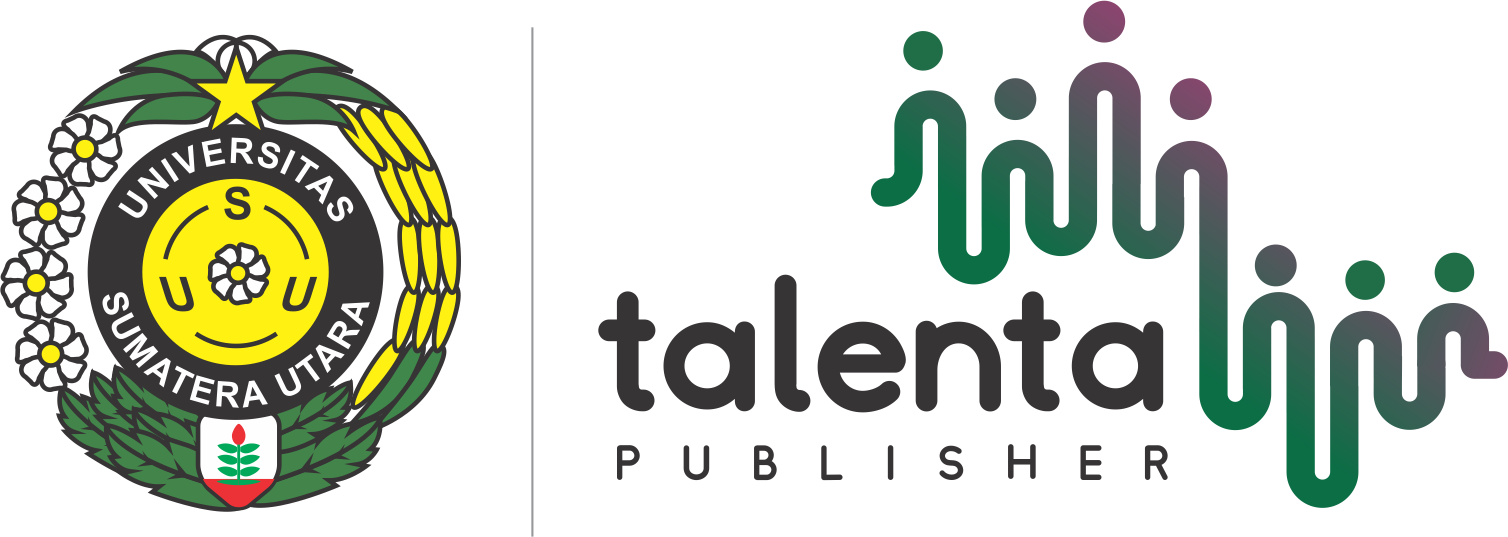Mind Your Language Series from the Standpoints of Applied Linguistics and Humour Studies
| Authors | ||
| Issue | Vol 4 No 2 (2021): Talenta Conference Series: Local Wisdom, Social, and Arts (LWSA) | |
| Section | Articles | |
| Section |
Copyright (c) 2021 Talenta Conference Series: Local Wisdom, Social and Arts (LWSA)  This work is licensed under a Creative Commons Attribution-NonCommercial-NoDerivatives 4.0 International License. |
|
| Galley | ||
| DOI: | https://doi.org/10.32734/lwsa.v4i2.1186 | |
| Keywords: | Sitcoms Mind Your Language Verbal humour Humour research Applied Linguistics EFL Classrooms | |
| Published | 2021-09-30 |
Abstract
The scientific examination of humour is a recent development in Applied Linguistics and other diverse but cooperating disciplines. Though humour research took off only recently, there has been substantial progress in it. Among the variegated genres of humour situation comedy (abbreviated as sitcom) has received less attention than it merits. This paper analyses Mind Your Language, a situation comedy that is based on the EFL class of an adult education college in London. The show was aired as television series andreceived commendation across the globe. This paper identifies Mind Your Language as a suitable case to study the dynamics of humour in English language classrooms, especially where the learners represent highly diverse linguistic and cultural backgrounds. This paper applies descriptive and analytical techniques to study the humorous aspects of Mind Your Language series for which Attardo’s (1994) linguistic theory of humour and Grice’s (1975) logic and conversation form the basis. At first, this paper presents the case of situation comedy as a genre of humour and argues in favour of its inclusion in linguistic and scientific research. Then, it presents a review of relevant literature. Next, it lists the questions that outline the scope of the paper. Discussions from the perspective of Humour Studies, semantico-pragmatics, socio-pragmatics and Applied Linguistics follow the questions. The main findings and conclusions appear at the end.






